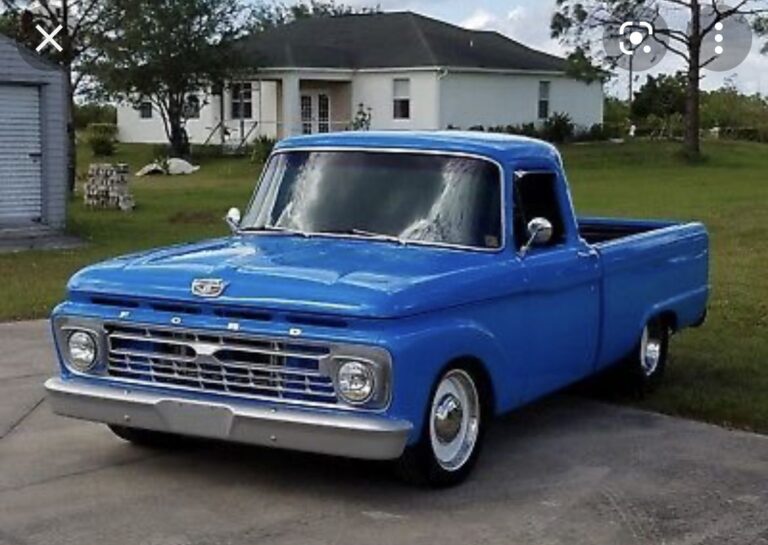
Toyota Tacoma Bench Seat To Bucket Seat Conversion: A DIY Guide
The Toyota Tacoma is a beloved pickup truck known for its durability and versatility. However, for many owners, the bench seat configuration can feel cramped and less comfortable than individual bucket seats. If you’re looking to upgrade your Tacoma’s interior and enhance your driving experience, a bench-to-bucket seat conversion is a great option.
Why Convert from Bench to Bucket Seats?
The decision to swap a bench seat for bucket seats in your vehicle is often driven by a combination of comfort, style, and performance considerations. Each of these factors plays a significant role in enhancing the overall driving experience.
Comfort:
Individualized Support: Bucket seats are designed to cradle each occupant individually, providing tailored support for the back, shoulders, and thighs. This is particularly beneficial on long journeys or in situations where comfort is paramount.
Adjustability: Bucket seats typically offer a wider range of adjustments compared to bench seats, allowing you to fine-tune the seating position to your specific preferences. This can help alleviate fatigue and discomfort during extended drives.
Lateral Support: Bucket seats provide superior lateral support during cornering or sudden maneuvers, helping to keep you secure and comfortable in dynamic driving situations.
Style:
Sportier Appearance: Bucket seats are often associated with sportier and more upscale vehicles. They can give your car a more aggressive and stylish look.
Interior Uplift: The addition of bucket seats can significantly enhance the overall aesthetic appeal of your vehicle’s interior, creating a more modern and refined ambiance.
Performance:
Improved Handling: Bucket seats can contribute to improved vehicle handling by providing better driver engagement and control. The individual support and lateral support offered by bucket seats can help you feel more connected to the road and enhance your driving experience.
Enhanced Safety: In some cases, bucket seats can offer enhanced safety benefits, particularly in side-impact collisions. The individual support provided by bucket seats can help to reduce the risk of injuries.
While the decision to convert from a bench seat to bucket seats is ultimately a personal one, the benefits in terms of comfort, style, and performance can make it a worthwhile investment for many drivers. If you’re seeking a more personalized and enjoyable driving experience, consider upgrading your vehicle’s seating configuration to bucket seats.
What You’ll Need for a Bench-to-Bucket Seat Conversion
Before embarking on a bench-to-bucket seat conversion, it’s essential to gather all the necessary components and tools. This will help ensure a smooth and efficient installation process.
Bucket Seats:
Source: You can obtain bucket seats from various sources, including junkyards, aftermarket suppliers, or another vehicle that has them.
Compatibility: Ensure that the bucket seats you choose are compatible with your vehicle’s mounting points and electrical system.
Seat Rails:
Compatibility: The seat rails must be compatible with both your vehicle’s floor pan and the bucket seats you’ve selected.
Mounting Points: Verify that the seat rails have the correct mounting points and attachment mechanisms for your vehicle.
Hardware:
Bolts, Nuts, and Washers: You’ll need a variety of bolts, nuts, and washers to secure the seat rails, bucket seats, and any additional components.
Specialty Hardware: Depending on your vehicle and the specific bucket seats you’re using, you may need specialized hardware, such as brackets or adapters.
Wiring Harness (if necessary):
Compatibility: If your donor vehicle’s bucket seats have different electrical connections than your original bench seat, you’ll need to modify or replace the wiring harness.
Functionality: Ensure that the new wiring harness is compatible with your vehicle’s electrical system and provides the necessary power and signals to the bucket seats.
Tools:
Basic Tools: You’ll need a set of standard tools, including wrenches, sockets, screwdrivers, and pliers.
Power Tools: A drill and impact driver can be helpful for removing and installing bolts and screws.
Measuring Tools: A tape measure and ruler will be necessary for accurate measurements and alignment.
Additional Components (optional):
Seat Covers: If you want to customize the appearance of your new bucket seats, you can purchase aftermarket seat covers.
Seat Heaters: If your donor vehicle’s seats have built-in heaters and you want to retain this feature, you’ll need to ensure that the wiring and controls are compatible with your vehicle.
By gathering all the necessary components and tools beforehand, you can streamline the installation process and minimize the risk of delays or complications.
Step-by-Step Guide for a Bench-to-Bucket Seat Conversion
Once you have gathered all the necessary components and tools, you can begin the bench-to-bucket seat conversion process. Here’s a step-by-step guide to help you through the installation:
1. Prepare the Vehicle:
Park your vehicle on a level surface and engage the parking brake.
Disconnect the battery to prevent accidental activation of electrical components.
2. Remove the Bench Seat:
Remove any covers or trim pieces that may obstruct access to the bench seat.
Unfasten the bolts or screws that secure the bench seat to the floor.
Disconnect any electrical connectors associated with the bench seat, such as seat heaters or power outlets.
Carefully lift and remove the bench seat from the vehicle.
3. Prepare the Seat Rails:
Clean and inspect the seat rails from your donor vehicle or aftermarket set.
Ensure that the mounting points on the seat rails align with the mounting points on your vehicle’s floor pan.
If necessary, modify the seat rails to ensure a proper fit.
4. Install the Seat Rails:
Position the seat rails in their designated locations on the floor pan.
Secure the seat rails using the appropriate bolts, nuts, and washers.
Tighten the fasteners to the specified torque specifications.
5. Mount the Bucket Seats:
Attach the bucket seats to the newly installed seat rails.
Ensure that the seats are properly aligned and securely fastened.
Tighten the fasteners to the specified torque specifications.
6. Connect Electrical Components (if necessary):
If your donor vehicle’s bucket seats have different electrical connections than your original bench seat, you’ll need to modify or replace the wiring harness.
Connect the necessary wires and connectors to the bucket seats.
Test the electrical components to ensure they are functioning properly.
7. Replace Trim and Covers:
Reinstall any trim pieces or covers that were removed to access the bench seat.
Ensure that everything is properly aligned and secured.
8. Test and Enjoy:
Reconnect the battery and start your vehicle.
Adjust the bucket seats to your preferred position and enjoy the enhanced comfort and style.
Remember to follow the specific instructions provided with your donor seats and seat rails. If you encounter any difficulties, consult a professional mechanic for assistance.
Additional Considerations for a Bench-to-Bucket Seat Conversion
Before embarking on a bench-to-bucket seat conversion, it’s important to consider the following factors:
Safety:
Airbags: Ensure that the new bucket seats are compatible with your vehicle’s airbag system. If your original bench seat had side airbags, you may need to modify or replace the airbag system to accommodate the bucket seats.
Seat Belts: Verify that the seat belts are properly routed and adjusted to fit the new bucket seats. Improperly routed seat belts can reduce their effectiveness in a crash.
Warranty:
Voiding Warranty: Modifying your vehicle’s seating configuration may void your manufacturer’s warranty. Consult your vehicle’s owner’s manual or your dealership for more information.
Third-Party Warranties: If you purchase aftermarket seats or components, check if they come with a warranty and what it covers.
Cost:
Budget: The cost of a bench-to-bucket seat conversion can vary depending on the source of your seats, the complexity of the installation, and any additional modifications required.
Labor Costs: If you’re not comfortable performing the installation yourself, you’ll need to factor in the cost of labor.
Comfort:
Personal Preference: While bucket seats are generally considered more comfortable than bench seats, personal preferences can vary. It’s a good idea to test out different bucket seats before making a purchase to ensure they suit your comfort needs.
Legal Requirements:
Local Regulations: Check your local regulations regarding seat modifications. Some jurisdictions may have specific requirements or restrictions that you need to comply with.
By following this guide, you can successfully convert your Toyota Tacoma’s bench seat to bucket seats, enhancing both its comfort and style. With a little time and effort, you can enjoy a more personalized and enjoyable driving experience.






